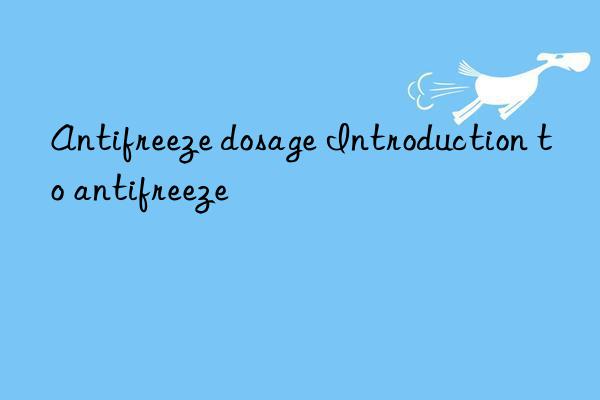
If concrete is not mixed with antifreeze, it will lose 40% to 60% of its strength immediately after freezing. If properly maintained, no frost damage will occur when frozen, and the state at this time is called critical frost resistance strength or critical maturity. Hardened concrete will not cause frost damage if it is frozen once. Repeated freezing and thawing will damage the strength, cause cracks in the concrete, and the surface will peel off until it is destroyed. The amount of antifreeze should be enough to ensure that the concrete has a liquid phase at the lowest construction temperature and hardens at negative temperatures.
Due to the slow strength growth of cold concrete, the 28d strength can generally only reach 50% to 60% of the standard curing strength, and can only be used for floors and buildings Basic cushion, secondary road surface, slope protection board, retaining wall and house foundation, etc. If a large amount of chlorine salt is added, it may cause corrosion of steel bars. Therefore, pouring is generally only allowed in unreinforced structures. The appearance of the structure has special requirements, the structure is under dynamic load, the structure is often exposed to heat above 60℃ during the use of the building, especially the hydraulic structure with water pressure, and the structure containing acid, alkali or sulfate Structures in contact with corrosive water and large concrete structures with a surface coefficient less than 2.5 should not be constructed with cold concrete.
When determining the amount of salt in cold concrete, it must be based on the temperature of the concrete that is hardening within 15 days, rather than the outside air temperature. Its dosage is also closely related to the surface coefficient of the structure, thermal resistance coefficient (moisturizing coverage conditions), warehouse temperature, cement hydration heat, cement dosage, air temperature, and the alkalinity (dissolved salt) of the concrete aqueous solution. When the temperature decreases, the amount of salt added will increase; if the insulation conditions are good, the amount of salt added should be reduced; if the heat of cement hydration is high and the temperature of the warehouse is high, the amount of salt added can also be reduced.
Therefore, it is very difficult to try to find the accurate dosage of a certain salt at a certain temperature through theoretical calculations. It can only be determined through experimental methods based on temperature.
Antifreeze used in concrete includes: chloride salts, antifreeze compounded with chloride salts and rust-inhibiting components, nitrite, nitric acid Salt antifreeze, alcohol-based organic compound antifreeze, antifreeze compounded of organic compounds and inorganic salts, and antifreeze compounded of antifreeze components and early strength, air-entraining, and water-reducing components. The performance of various types of antifreeze will be explained in the chapter on admixtures.
The amount of antifreeze can be determined according to the test method specified in "Concrete Antifreeze" (JC 475-92).
When the temperature is -10℃, -15℃, and -20℃, the regulations of -5℃, -10℃, and -15℃ are adopted respectively. temperature test. First, test specimens of benchmark concrete (standard cured concrete without antifreeze), tested standard cured concrete (standard cured concrete mixed with antifreeze), and tested negative temperature concrete (concrete mixed with antifreeze and cured at specified temperatures) are made. , respectively calculate the compressive strength R of the benchmark concrete after standard curing for 28 days, the tested concrete after standard curing for 28 days, curing under specified negative temperature for 7 days, and then curing under standard conditions for 28 days or 56 days. , RCA, RAT (MPa), and then calculate the intensity ratio between them. </p



